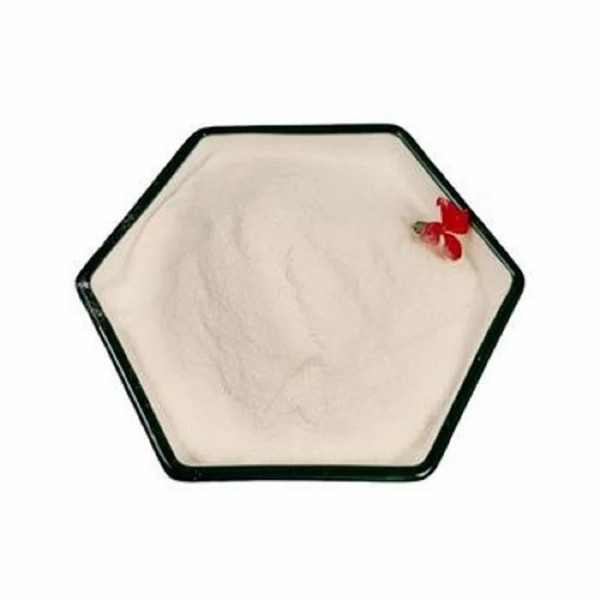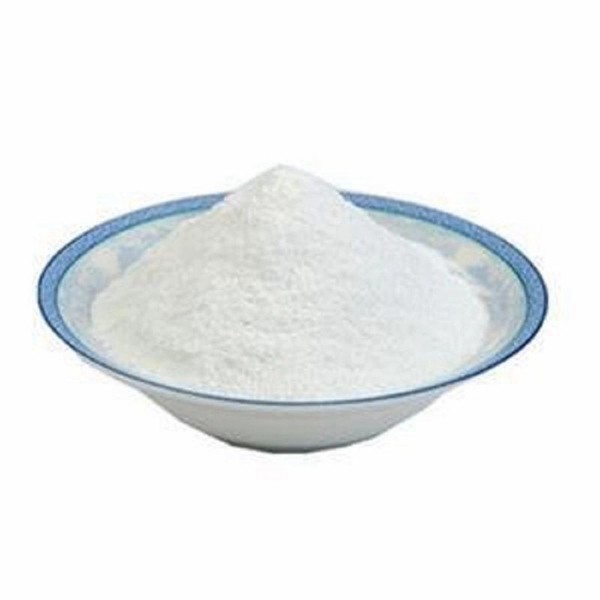Factory Price Food Additive Preservative Potassium Acetate Powder
Product description
Potassium acetate is an effective electrolyte supplement that can help regulate the acid-base balance in the body, especially in the treatment of metabolic acidosis. It can also be used as a sustained-release agent for drugs to extend their duration of action. Potassium acetate is commonly used as a preservative and antibacterial agent, which helps to extend the shelf life of food. Meanwhile, it is also a seasoning agent that can enhance the taste of food.

The production of food grade potassium acetate follows strict quality standards, ensuring high product purity and no impurities. This makes the application of food grade potassium acetate in the food industry safer and more reliable. Potassium acetate has good chemical stability and is not easily reactive with other food ingredients, ensuring the quality and safety of food.

Potassium acetate has excellent antibacterial properties and can effectively inhibit the growth of microorganisms in food, thereby extending the shelf life of food. It can be used as a preservative and antibacterial agent in food, ensuring the safety of food during storage and transportation. Potassium acetate has a sour taste and acidic reaction, and can be used as a seasoning to improve the taste of food. It can help regulate the acidity and alkalinity of food, making it taste better and meeting the taste needs of consumers.

Potassium acetate is a commonly used food additive that can be used as a preservative and antibacterial agent, helping to extend the shelf life of food. Meanwhile, it is also a seasoning agent that can enhance the taste of food. Potassium acetate is also widely used in industrial production. For example, it can serve as a buffer in the electroplating industry to prevent excessive acidity of the electrolyte. In addition, it can also be used to manufacture dyes and pigments, improving the stability and durability of products.

The preparation method of potassium acetate usually involves the reaction between glacial acetic acid and potassium hydroxide. The specific preparation process includes mixing potassium bicarbonate with water, and then slowly adding glacial acetic acid under heating and stirring conditions. During the reaction process, a large amount of carbon dioxide gas will be produced. After the reaction is completed, potassium acetate crystals are finally obtained through steps such as boiling, filtration, evaporation, cooling, and drying.

Recommended products



